Parathas and Flours
Gearing up for the flatbread CB, I want to share this post on parathas because it has a good discussion on what you want from your flours for parathas, rotis, and so on:
Gearing up for the flatbread CB, I want to share this post on parathas because it has a good discussion on what you want from your flours for parathas, rotis, and so on:
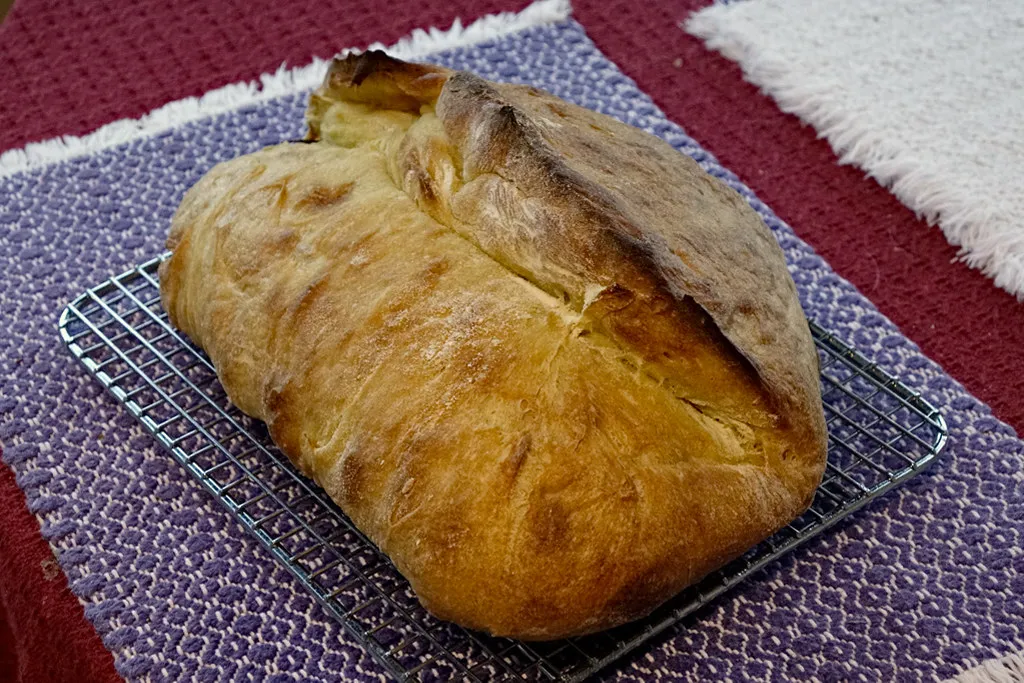
This a test post to try the new image machinery, and to try editing the post. Here's a crumb shot:
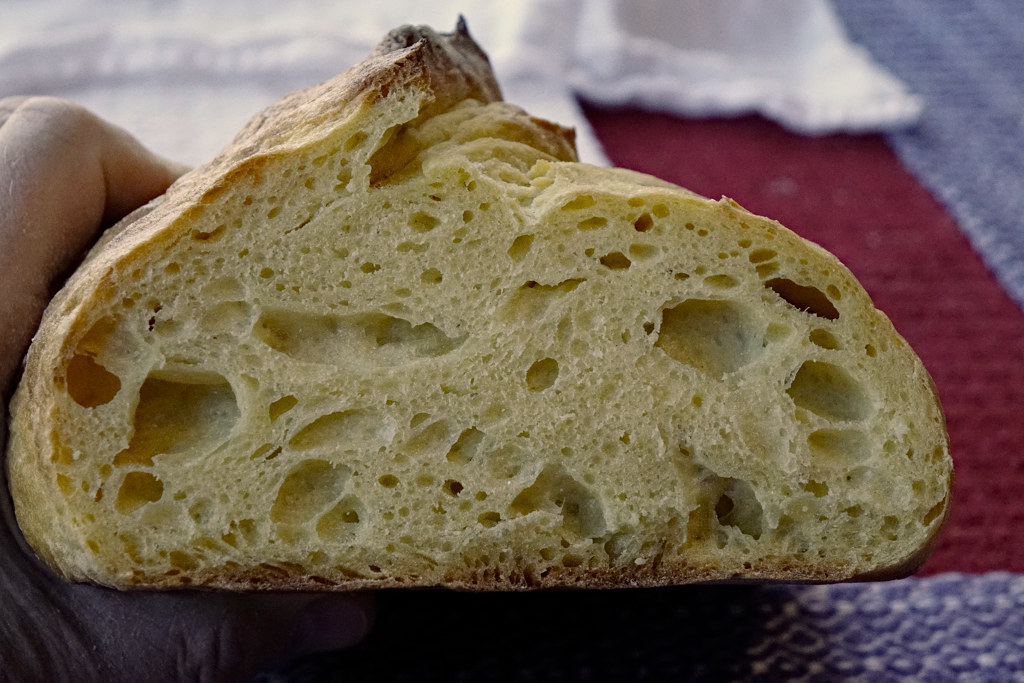
This was one of my efforts at making a Altamura-style loaf. Not bad, not great.
After saving the post, I used the "Edit" link to add this sentence. So far, everything has gone smoothly.
[Added later] Here is my original post about this bake:
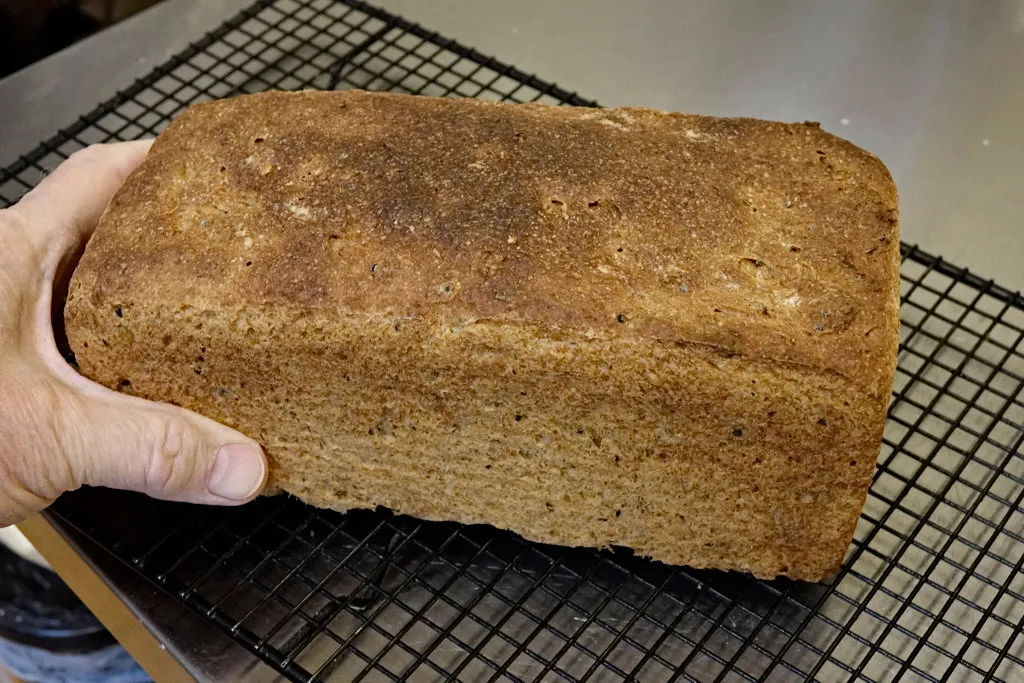
During the Infinity Bread Community Bake, I created an Infinity Soda Bread. See it at
https://www.thefreshloaf.com/comment/529736#comment-529736
Today's bake is nearly the same recipe except I leavened it with sourdough starter instead of baking soda.
I want to pose a number of questions that I hope will stir up some discussion. I have ideas about some of them but no real facts. Here's the first.
I have measured the volume of a starter as it rose after feeding. I've done this several times with various starters and a poolish. The general pattern was the same. The starter would, after a delay, start rising and build up to a roughly constant rate, then start to taper off.
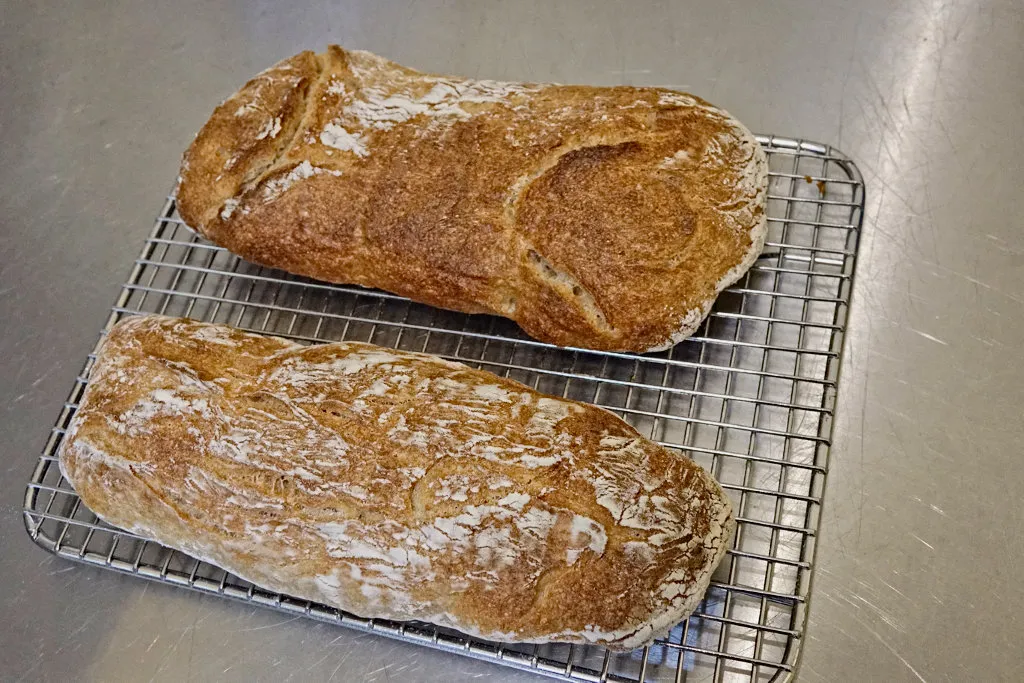
I was looking through the Community Bake on ciabatta, and I didn't see that anyone had tried using the original recipe of the inventor, Arnaldo Cavallari. It's available on line as a photo of the recipe (in Italian) in his bakery, and there is a faithful translation available, too (I know because I transcribed the recipe from the photo by hand, and translated it with Google Translate). I'll post the links later. The recipe is very different from what us home bakers typically do, and also from most ciabatta recipes I have seen.
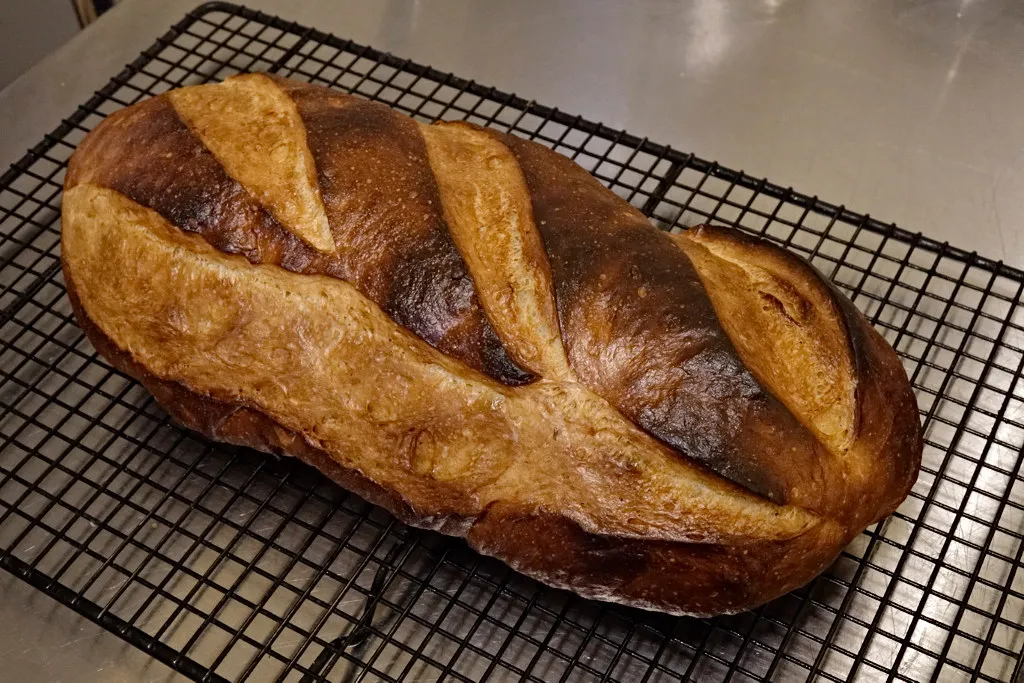
After some discussion in recent threads, I decided that it's high time I tried out shorter bulk ferments. My guiding principle has been that the longer the flour is hydrated, and the longer it's fermented, the better the flavor. So I usually let bulk ferment go on to more than double, sometimes triple, the original size. This usually gives me a fine, fairly uniform crumb, which may have large pores or smaller ones depending on hydration, grains, all these sorts of things.
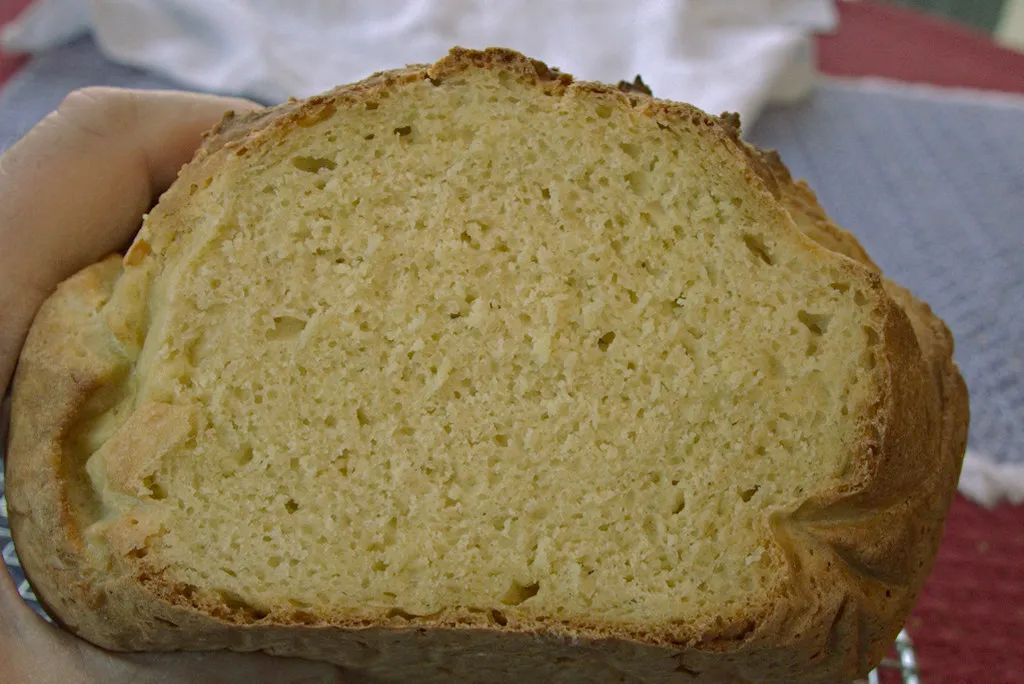
Like many others I have tried my hand at Irish soda bread from time to time. I've never been happy with the results. The loaf has usually been flat, dry, crumbly, more scone-like. Usually I have baked the loaves free-standing, a few times in an open skillet, and I usually have used baking powder instead of baking soda because it's more tolerant and why not?
I've read up on the history of Irish soda bread, and I even received a bag of King Arthur's Irish-style Whole Wheat flour for Christmas.
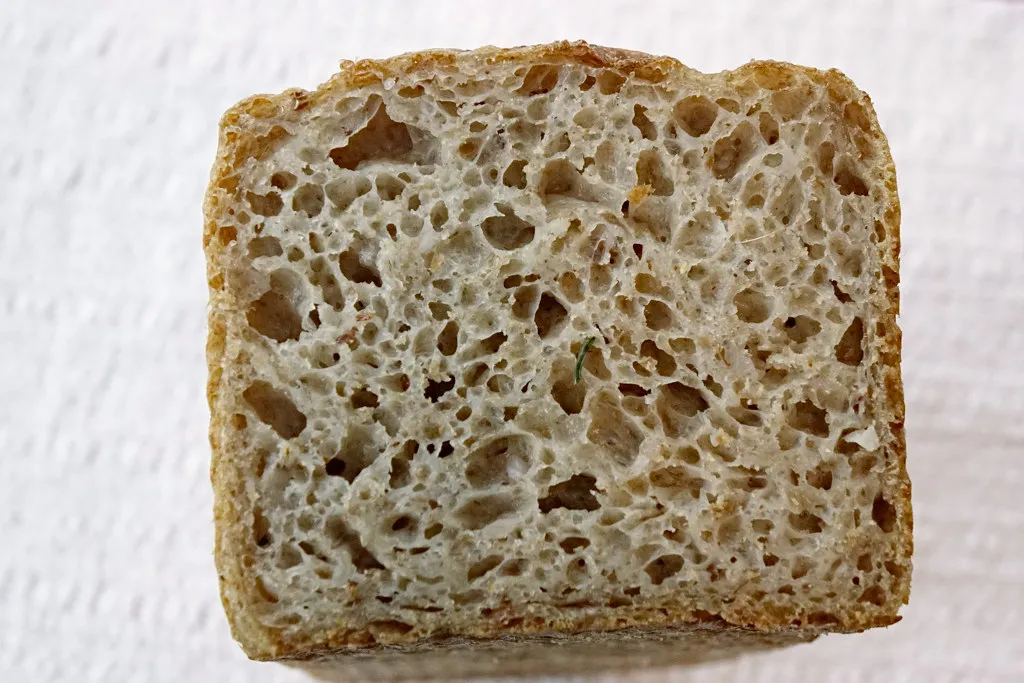
A few days ago I posted about a loaf of bread that included cooked oatmeal and graham flour (see https://www.thefreshloaf.com/node/73391/oatmeal-graham-flour-sourdough-pullman-bread). I wanted to try it with buckwheat, and I found a box of Wolff kasha, which are toasted buckwheat groats. Perfect!
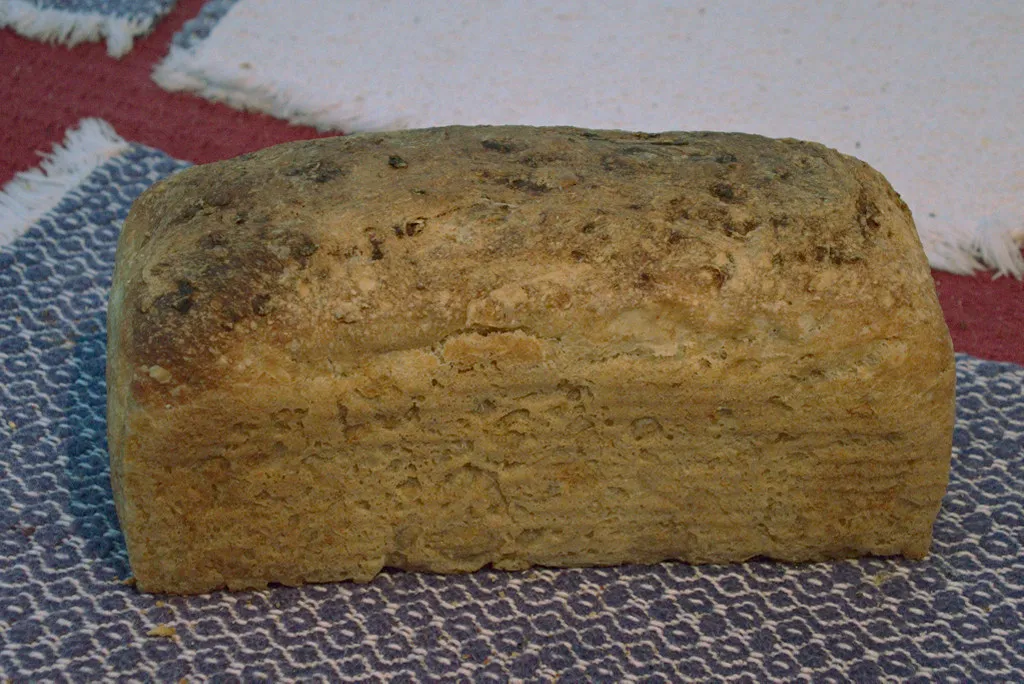
I received a sack of graham flour for Christmas. It is from Burkett's mill. If you read up on graham flour you usually read that is whole wheat ground more coarsely than the usual WW. If you find the right site, it will tell you that the endosperm is ground finely and the bran and germ are ground coarsely, I think the flour I have must be the latter. It's color is lighter than the water wheel-stone ground flour I have, with larger flecks and dark bits.